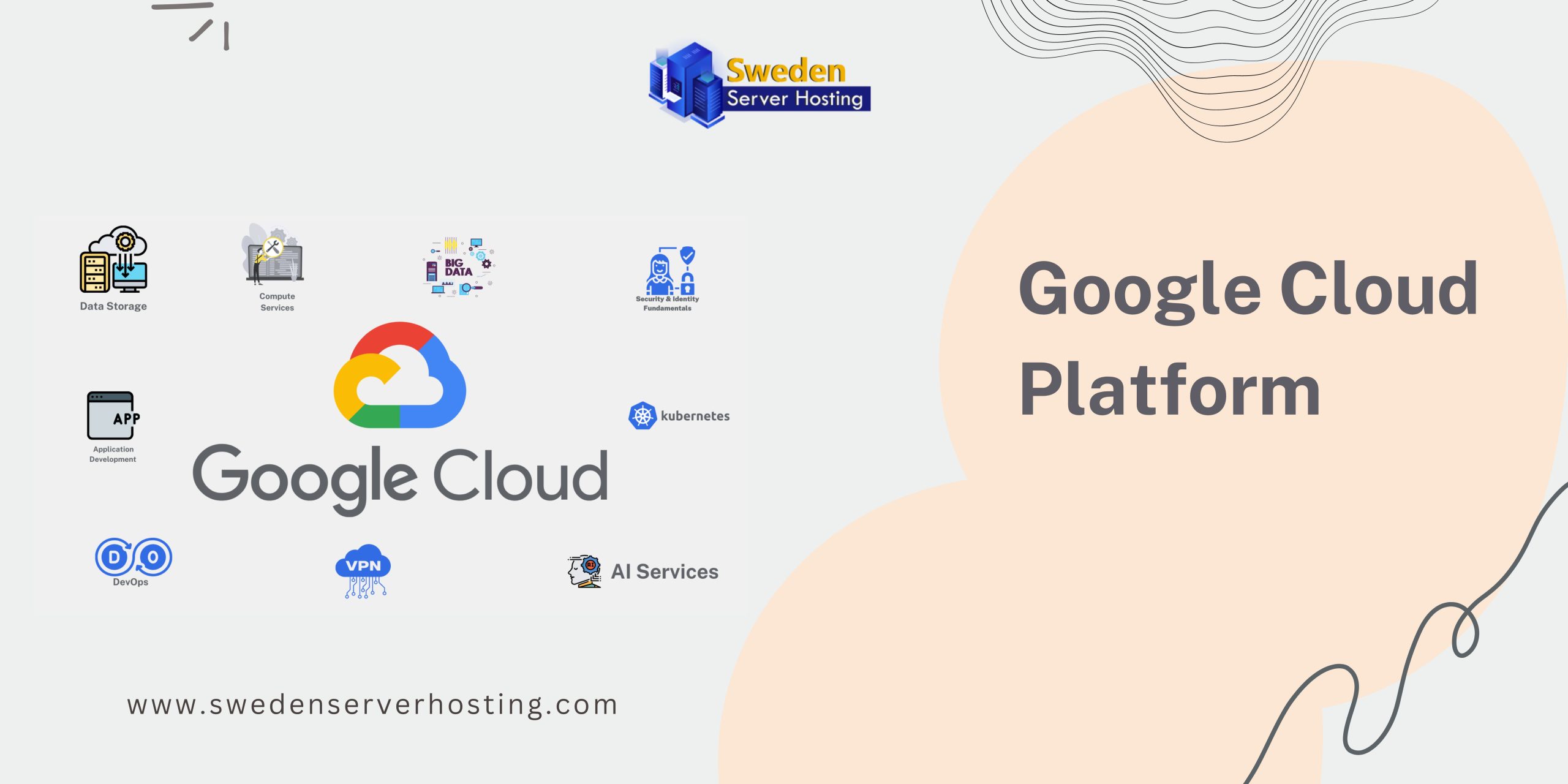Google Cloud Platform (GCP) is a leading cloud service due to its superior infrastructure and range of features. In this article, we’ll look at some of the most important questions to ask and actions to take before making the switch to GCP. Whether you’re doing a simple “lift and shift” migration or a thorough re-architecting of your apps, you can avoid any difficulties in the transfer by familiarising yourself with the process and taking advantage of GCP’s features. This guide gives you the knowledge and tools you need to successfully migrate your servers to the Google Cloud Platform, from analyzing your present setup to settling on a migration strategy.
Learning About the Migration Procedures
It is essential to have an in-depth understanding of the migration procedure before making a move to the Google Cloud Platform (GCP). You’ll need to take stock of your current setup, make a list of any necessary components, and map out a migration plan. It is important to be familiar with the GCP data migration, application migration, and database migration tools and services regardless of whether you are moving from an on-premises environment or another cloud provider. Considerations for network connectivity, security, and compliance requirements can help ensure a seamless transfer. To successfully plan and implement your migration to GCP while minimizing downtime and using the advantages of the cloud, you need in-depth knowledge of the migration process.
Important Considerations for the GCP Migration
To achieve a smooth transition while making the switch to the Google Cloud Platform (GCP), many elements must be carefully considered. This section discusses some important factors to keep in mind to ensure a successful migration:
1. Compatibility with Other Programmes: Check your apps’ GCP compatibility and find out if any changes or updates are needed. Think about things like the languages, frameworks, and dependencies you’ll need to use.
2. Integration and Transfer of Data: Consider the data’s amount, complexity, and required latency as you plan its transfer to GCP. Think about how your applications will interact with Google Cloud Platform tools like Cloud Storage and BigQuery.
3. Cost Optimisation: The expense of moving to GCP should be carefully considered. Learn the ins and outs of the pricing structure, calculate potential expenses, and spot areas for improvement, including right-sizing your team and making use of GCP’s expense management features.
4. Security and Compliance: Make sure your migration is safe and up to code by using standard procedures. Put in place the necessary safeguards, set up the necessary access controls, and take care of any industry-specific compliance concerns.
5. Scalability and Efficiency: Think about how your applications function and how much room they need to grow. Take advantage of GCP’s auto-scaling and load-balancing features to effectively manage fluctuating workloads.
By keeping these things in mind, you’ll be able to successfully complete the migration to the Google Cloud Platform and maximize its benefits for your business.
Transitioning to Good Clinical Practice
Planning and organization are crucial for a smooth transition to the Google Cloud Platform (GCP). The following are the procedures to be followed to ensure a smooth change:
1. Assess Your Current Environment:
Determine the scale of the move by taking stock of your current setup, software, and data. Determine what is needed, what kind of performance is expected, and what obstacles may arise.
2. Define the migration strategy:
Create a migration plan that supports your company’s objectives. Find out if you’ll be using a lift-and-shift method or if you’ll be migrating in stages. Map out key events and deadlines for each stage.
3. Plan resource provisioning:
Assess your needs and then create the required GCP resources, such as virtual machines, storage, and networking infrastructure. Think about things like your data storage needs, scalability, and performance.
4. Data Migration:
Transfer your data from your current setup to GCP using a well-planned data migration approach. Data extraction, transformation, and loading (ETL) procedures may be required to accomplish this goal with accurate results and minimal system downtime.
5. Application Migration:
Rehost, rewrite or rebuild your apps so that they are compatible with GCP’s resources. Make sure that the transferred applications still work properly on the new platform by testing and validating them.
6. Optimise and test:
If you want the best possible performance and cost savings from GCP, you should optimize your resources and configurations. Perform extensive testing to verify the system’s ability to function as intended, perform as expected, and work with other components.
7. Go-Live and Monitoring:
You should launch your apps on GCP and keep a careful eye on how they’re doing and if they’re stable. Use alarm and monitoring systems to spot potential problems before they become critical.
By adhering to these guidelines, your organization will be able to make a smooth transition to GCP and immediately begin reaping the benefits of Google’s robust cloud infrastructure.
Resources and Tools for GCP Migration
The Google Cloud Platform (GCP) has several helpful resources to ensure a swift and painless transition. These tools facilitate a smooth relocation, reduce disruptions, and safeguard data. Key resources and instruments to think about are as follows:
1. Cloud Migration Assessment: Cloud Migration Assessment is only one of the GCP tools that may assess your current setup and give you an idea of how much it will cost to migrate to GCP. It aids in determining whether or not your workloads are prepared for migration and offers suggestions for improvement.
2. Google Cloud Database Migration Service: This service streamlines the process of migrating databases to GCP and is compatible with a wide range of database management systems. It allows for seamless migration with minimal downtime.
3. Google Cloud Deployment Manager: You may use templates to define your infrastructure and then deploy it to the Google Cloud Platform with the help of this infrastructure-as-code tool. It helps automate resource deployment and maintains environment-wide uniformity.
4. GCP Documentation and Support: When migrating to Google Cloud, there is a wealth of material available to you. In addition, all the way through the migration process, their support channels are there to offer advice and assistance from real experts.
Utilizing these resources, organizations may speed up their transition to GCP and take full advantage of the platform’s scalability and powerful capabilities.
Conquering Obstacles and Limiting Dangers
There are several threats and difficulties that must be overcome during a migration to the Google Cloud Platform (GCP). To face these difficulties and lessen the hazards associated with them, please examine the following:
1. Planning and Strategy: Create an in-depth migration strategy and plan that serves your company’s goals. Plan for and prepare for probable obstacles like application dependencies and data transmission complexity.
2. Testing and Validation: Before beginning the actual migration, make sure that the process has been thoroughly tested and validated. To ensure a trouble-free migration to GCP, it is necessary to conduct tests for compatibility, performance, and data integrity.
3. Data Security and Compliance: Ensure data privacy and compliance standards are met while migrating. Protect private information by using appropriate access controls, encryption tools, and other methods.
4. Change Management: A successful transition requires careful change management. Make sure your teams have the information, resources, and encouragement they need to adjust to the new circumstances.
5. Monitoring and Optimisation: Maintain constant vigilance over your GCP-migrated workloads to see any potential performance issues or cost savings opportunities, then adjust your management practices accordingly.
Successfully navigating the migration route to GCP and realizing the benefits of scalability, flexibility, and sophisticated cloud services is possible if enterprises address these difficulties and take proactive efforts to avoid risks.
Post-Migration Considerations:
After a smooth transition to Google Cloud Platform (GCP), there are a few things to keep in mind to keep things running smoothly and efficiently. Some considerations after migration are as follows:
1. Performance Monitoring: Keep an eye on how well the Google Cloud Platform is running at all times. Locate inefficiencies and room for improvement to maximize output and satisfaction among your clientele.
2. Cost Management: You can reduce your cloud service bill by monitoring and modifying your usage patterns and allocations on a regular basis. Use the resources available in GCP to manage costs effectively and spot potential savings.
3. Security and Compliance: Keep GCP secure by following GCP’s security best practices and applying any additional security measures that may be required. Maintain conformity by conducting regular audits and reviews of your compliance procedures.
4. Disaster Recovery and Backup: Safeguard your data and software from disasters by setting up dependable backup and disaster recovery processes. Repeatedly evaluating the success of your rehabilitation plans is essential.
5. Training and Support: Make sure your teams have access to continuing training and support so they can become proficient in using GCP. Educate and train your users regularly so that they can reap the platform’s full benefits.
Organizations can achieve lasting cloud success by concentrating on these factors after a successful migration to the Google Cloud Platform.
Conclusion
Google Cloud Platform (GCP) migration provides numerous advantages to enterprises, such as scalability, adaptability, and access to cutting-edge cloud services. However, a smooth transition calls for extensive preparation, thought, and work. Successfully migrating to GCP and realizing its full potential requires a grasp of the migration process, consideration of key components, and adherence to best practices. Continued success in the cloud requires making use of the available resources, keeping an eye on performance and prices, giving security a priority, and planning for what comes next. Businesses can accelerate innovation, improve productivity, and differentiate themselves in the modern digital marketplace by making use of GCP’s vast capabilities and dependable infrastructure.

